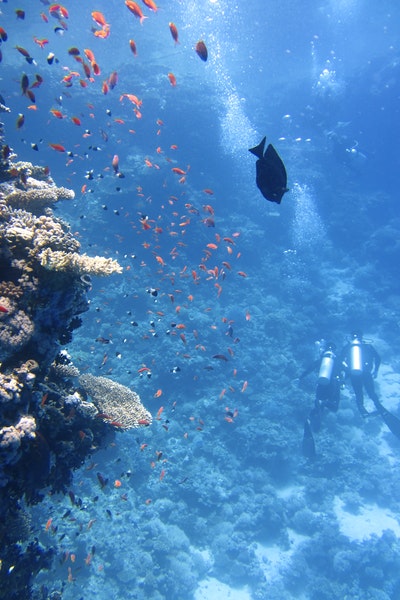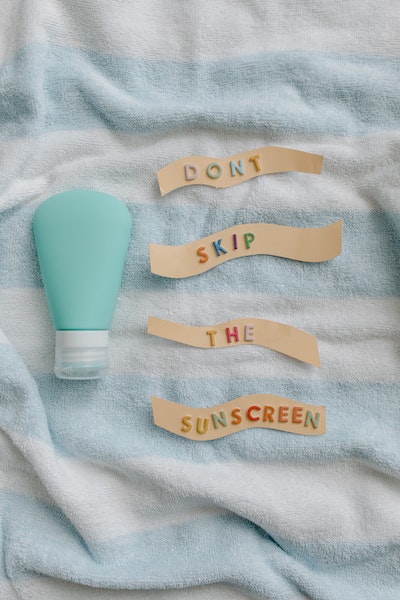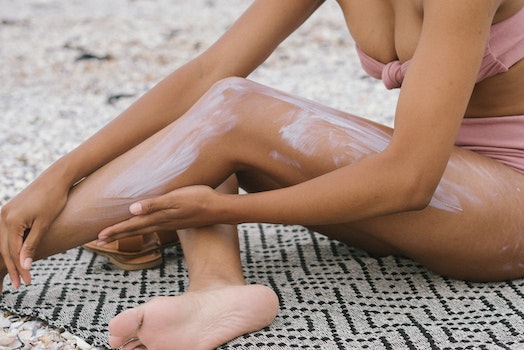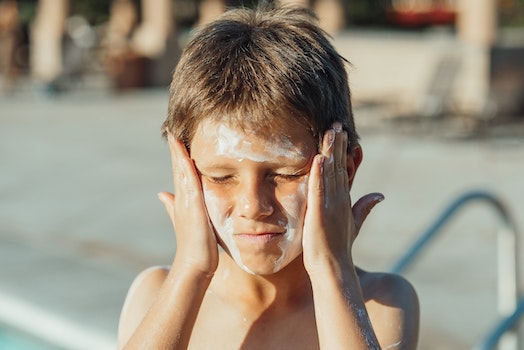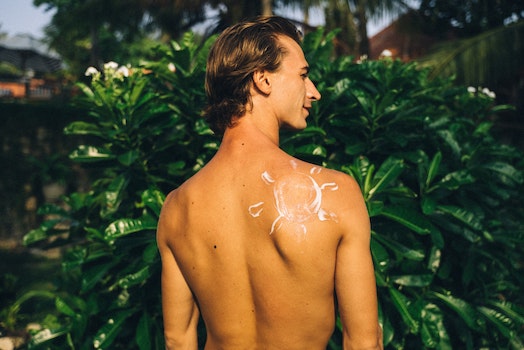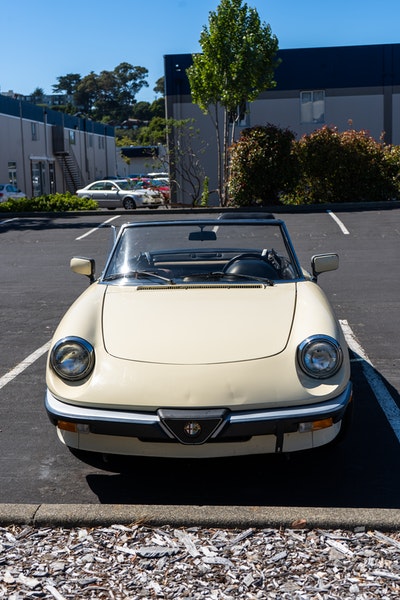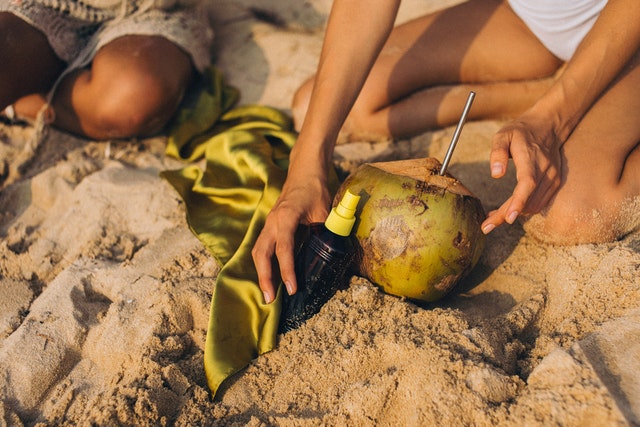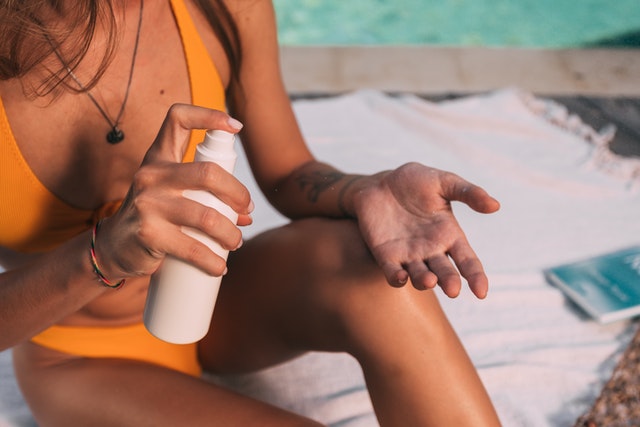Everyone knows the sun's UV rays are harmful. The common knowledge of sun damage will propel the sun care market to reach $25 billion by 2024. Unfortunately, while protective, sunscreen products can also damage the environment, specifically the reefs.
Experts estimate that nearly 14,000 tons of sunscreen end up in the ocean annually. The tonnage results from swimmers and excess product rinsed down drains. Additionally, some sunscreens come in aerosol forms. The overspray from aerosols ends up on sandy beaches and washed into the oceans with changing tides.
While sunscreen is essential to maintaining healthy skin, several brands are toxic to marine life. Some governments are working on laws to ban the use of toxic sunscreens. Currently, the primary locations working on bans include:
- Hawaii
- Key west
- US Virgin Islands
- Palau
- Bonaire
The banishment of specific sunscreens is to protect fragile marine life, primarily coral reefs. To some tourists, the banishment of particular products is extreme, but to the local governments, it is essential.
What's the Fuss About Sunscreen?
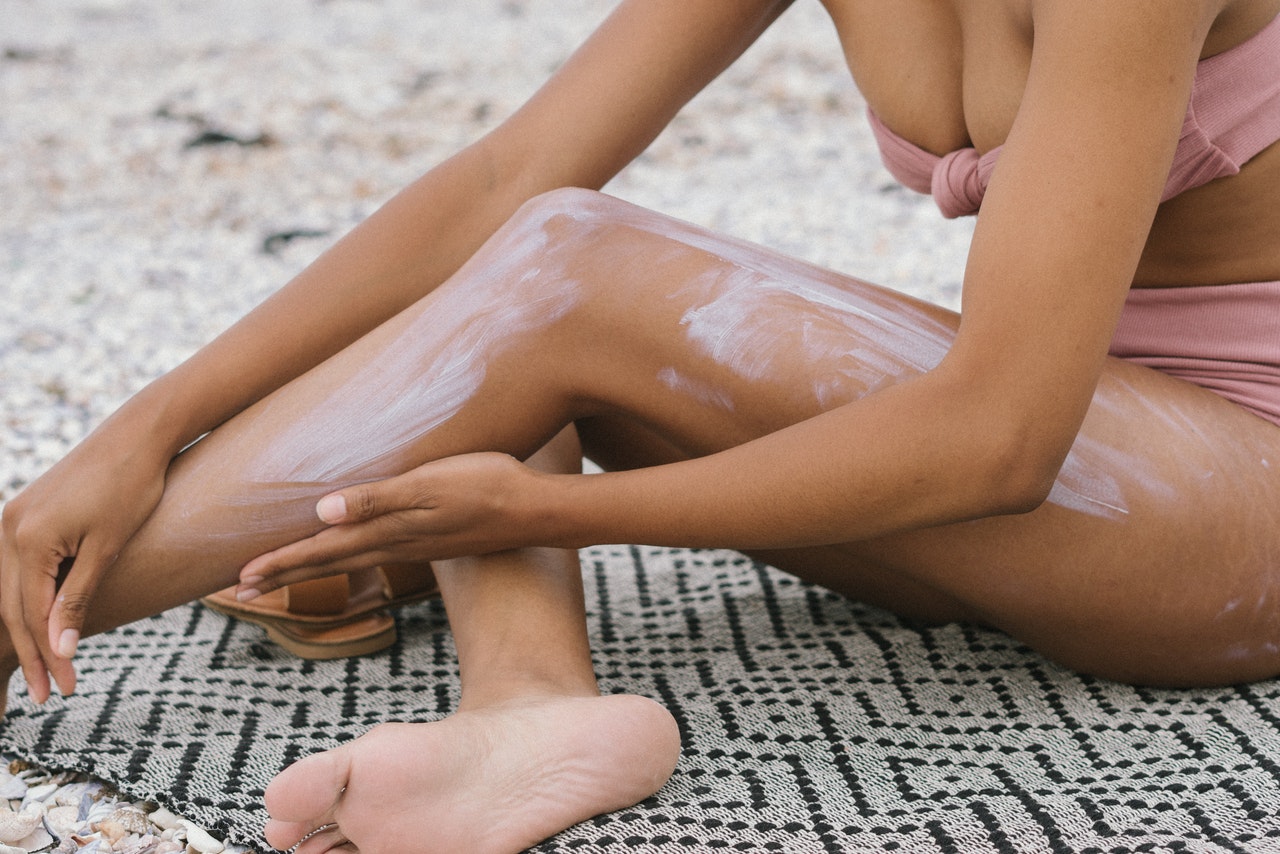
The two primary types of sunscreens include mineral (physical) and chemical. A physical sunscreen sits atop the surface of your skin, creating a reflective barrier. Chemical sunscreens absorb UV rays using synthetic compounds. Both products present challenges and hazards to coral reefs and other marine life.
Chemical sunscreens contain harmful compounds, including Oxybenzone, an ingredient found in more than 3,500 products. The compounds used in chemical sun care products result in several problems, including:
- DNA damage to corals
- Abnormal growth and deformities
- Coral bleaching
Additionally, researchers conclude that sunscreen is a contributing factor to coral's increased susceptibility to diseases. In the Caribbean Sea, sunscreen contributes to the prevalence of Stony Coral Tissue Loss disease.
Mineral sunscreens may contain nanoparticles so small they absorb into marine life. Even at lower concentrations, the minerals are toxic, resulting in stress and premature death.
What Can You Do To Protect the Reefs and Marine Life?
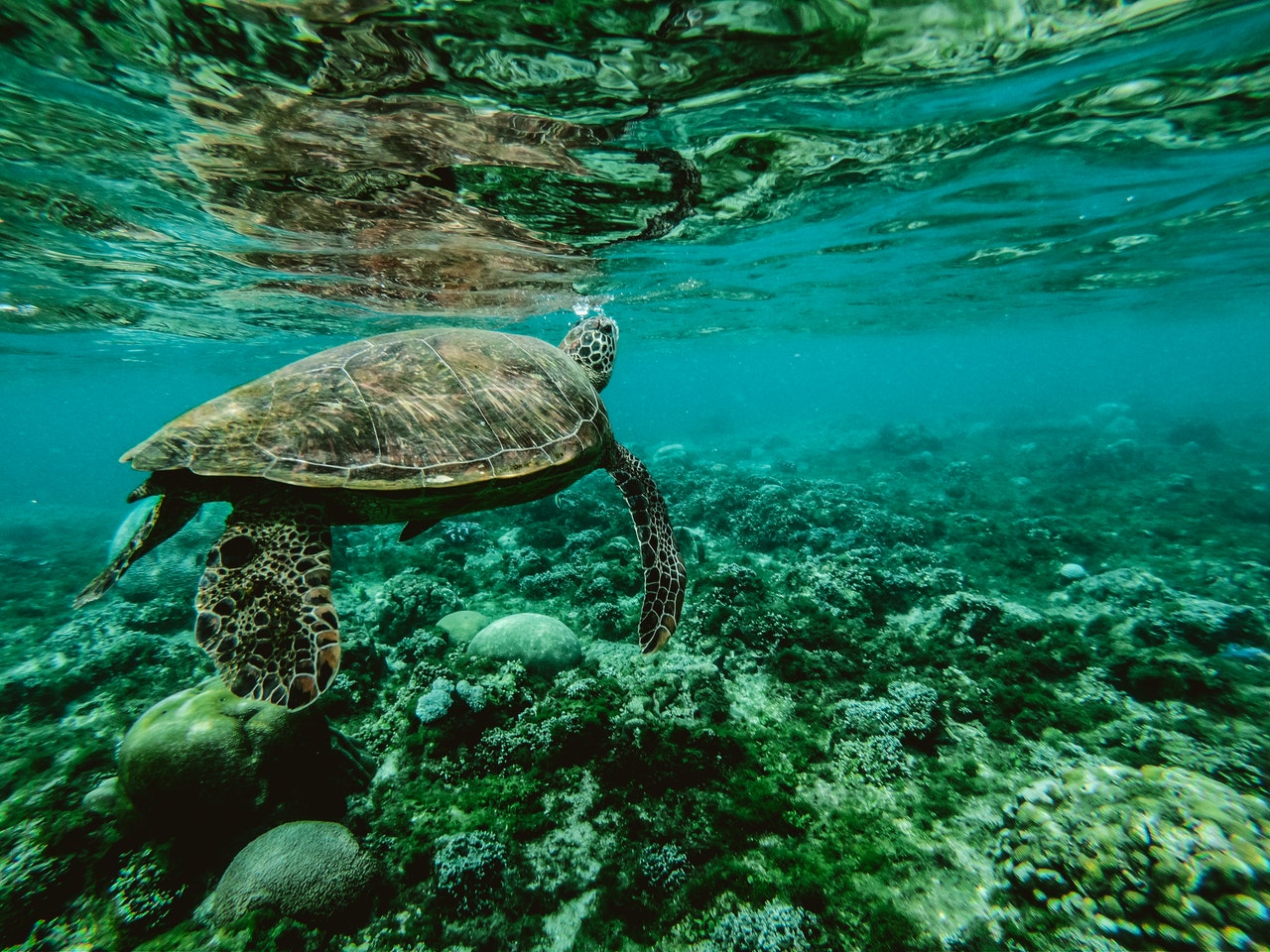
The easiest way to protect the oceans and marine life is to avoid using toxic sunscreens. That advice is counter to things you have likely heard, but activity in the sun is safe in small doses. You will want to stay in the shade and cover your skin with adequate protection. Additionally, avoid outdoor activity between 10 am and 2 pm because these are the hours of the harshest UV rays.
When you need to wear sunscreen, research the products you use. You will want to avoid aerosols and products with harmful chemicals, specifically:
- Octinoxate
- Oxybenzone
- Octocrylene
- Benzophenone-1
- Benzophenone-8
- 4-Methylbenzylidene camphor
- OD-PABA
- 3-Benzylidene camphor
When choosing a mineral sunscreen, look for one with zinc or titanium oxide. Additionally, you want to find non-nano products.
Finally, look for products that are certified safe for marine life. For example, look for labels with the Protect Land + Sea Certification.
Coral reefs and marine life need your help to survive and thrive. Ensure the products you use and support also support a healthy world for all living things. Also, spread the word about sunscreen products. Every voice can make a difference and help achieve a better world.

